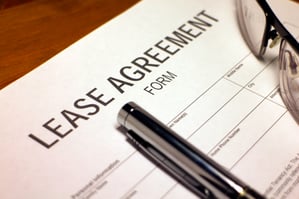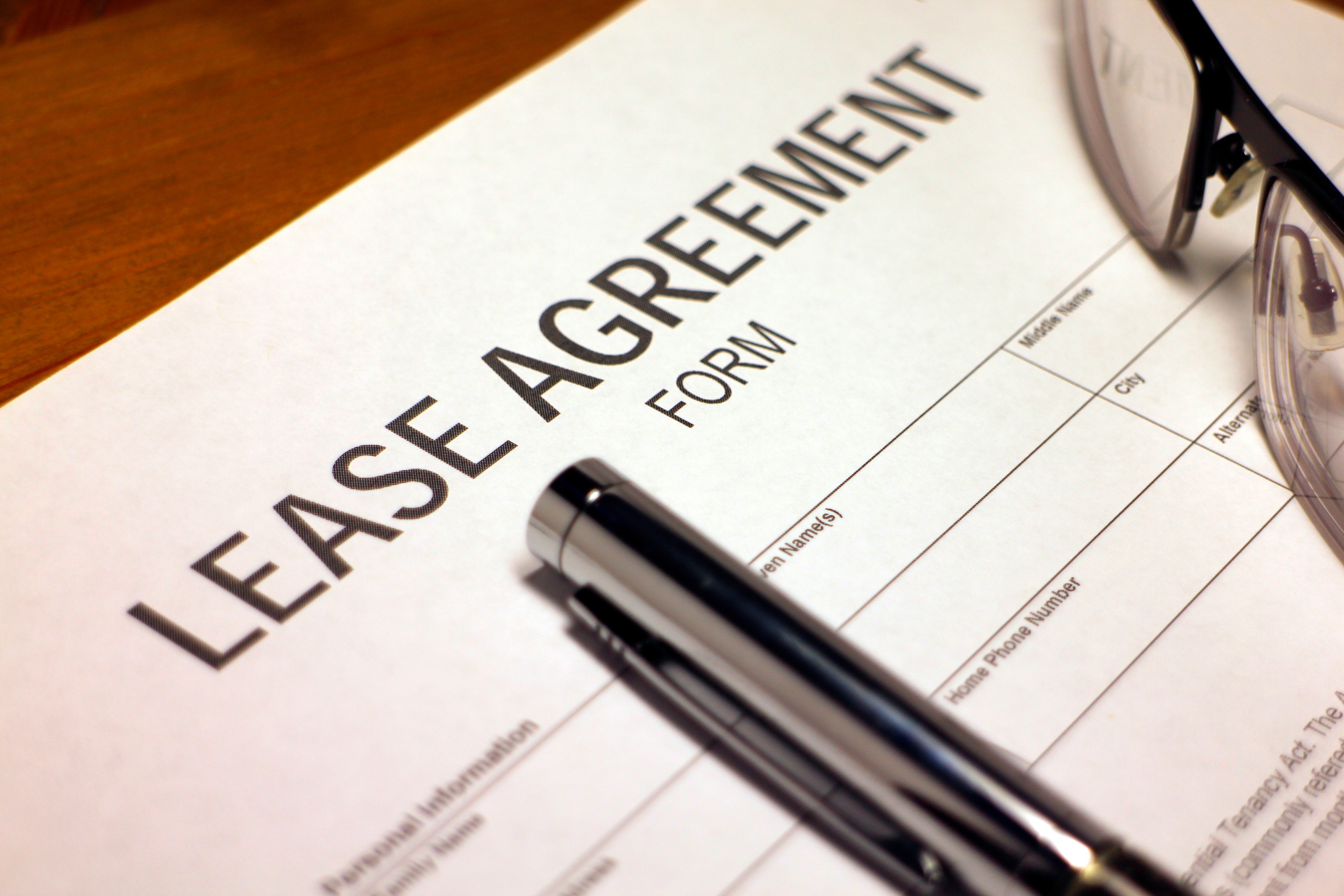Today, we’ll continue with several more ways to fund efficiency improvements. Once again, here are the six categories that will be discussed in the context of each of the funding methods:
- Will it appear on the balance sheet?
- Will an initial payment be required?
- Will there be ongoing payments?
- Who will actually own the improvement?
- Who will receive the tax benefits (if there are any)?
- Who will own the performance risk?

Leases: Statement 13 of The Financial Accounting Standards Board (FASB) helps investors determine whether something is classified as a capital lease or an operating lease. You will want to determine which type of lease is appropriate before presenting this information to a prospect interested in a leasing arrangement. Again, be careful not to step into the role of financial or tax advisor unless you're qualified (and carry professional liability insurance) to do so!
Before we begin, realize the difference between the Lessor (the person who provides the equipment) and the Lessee (your prospect, who ultimately installs the equipment).
Capital Lease:
- Balance Sheet: It will show up on the balance sheet.
- Initial Payment: In most cases, there is no initial payment.
- Additional Payments: Most common capital leases involve fixed payments.
- Ownership: Even though the money is coming from a leasing arrangement, your prospect will generally be the “owner” from both finance and tax perspectives.
- Tax Deductions: There are generally tax deductions for a capital lease, and the Lessee generally receives the benefit of these deductions.
- Performance Risk: As in the cases presented yesterday, the performance risk for a capital lease belongs to the Lessee.
Operating Lease: These are less common than capital leases in the context of expense-reducing capital projects; however, they can be used in certain cases (and you should therefore understand how they work). It can be challenging to fit a high-dollar tangible capital efficiency improvement project into the operating lease category, and you have to be careful to adhere to the qualifications of an operating lease as defined by FASB. Also beware of impending changes on which leases need to be reflected on an organization’s balance sheet… another reason not to step into the shoes of an accountant or tax advisor! I’m not here to give you tax advice; however, I will say that before you jump into an operating lease in the context of a high-dollar capital improvement, consult with a genuine tax or financial advisor.
- Balance Sheet: Unlike the previous scenarios, an operating lease will not show up on your balance sheet. (As mentioned above, beware of impending changes in this treatment.)
- Initial Payment: There is generally no initial payment.
- Additional Payments: You will generally see fixed payments for a certain number of months or years.
- Ownership: In an operating lease, the Lessor claims ownership.
- Tax Deductions: Tax deductions will generally be split between the Lessee and the Lessor.
- Performance Risk: The performance risk for an operating lease generally sits with the Lessor. If the improvement doesn’t perform as planned, the Lessor is generally responsible for rectifying it.
Performance Contracting:
- Balance Sheet: It’s probably not going to be on the balance sheet. If it’s a true performance contract, it will be on the contractor’s balance sheet.
- Initial Payment: There will most likely be no initial payment.
- Additional Payments: There could be either variable or fixed payments, depending on the agreement.
- Ownership: In a straightforward performance contract, the contractor will do the audit, design the improvement, source the material and labor, pay for the project, monitor it, and then send your prospect a bill for a portion of the savings to help amortize the cost of the improvement and capture profit from the project. Whether and how soon the prospect actually owns the project vary greatly and depend on the contract particulars.
- Tax Deductions: This depends on the ownership arrangement defined in the contract particulars.
- Performance Risk: The performance risk will generally be carried by the contractor if that contractor is being paid based on performance.
With all of these scenarios, the particulars can vary (perhaps substantially) as a consequence of the contract and/or other factors. The devil is always in the details, so study everything very carefully and seek counsel if necessary before advising your prospects!







